Once upon a time, the Boyne Valley was the centre of the universe. At least that's how it feels standing among the passage graves at Knowth. Across the valley, Newgrange hulks whitely against a surprisingly blue sky, while closer to hand the grassy mounds seem to lie like flying saucers that might have landed millennia ago, only to become slowly subsumed into the landscape.
While today people may flock to the edges of Ireland, those who like their visits to be counted in castles, marvellous myths and richly historic things should instead beat a path to this part of Co Louth and Co Meath. Most people's first, and sometimes only stop, will be at Brú na Bóinne, where to visit Knowth and Newgrange you must first get past the visitor centre. I have mixed feelings about visitors centres. I know they're ultimately designed to funnel tourists and protect the places they support; but when a place is as extraordinary as Brú na Bóinne, I find it hard enough to absorb that it's real without having walked through a fake version of it first.
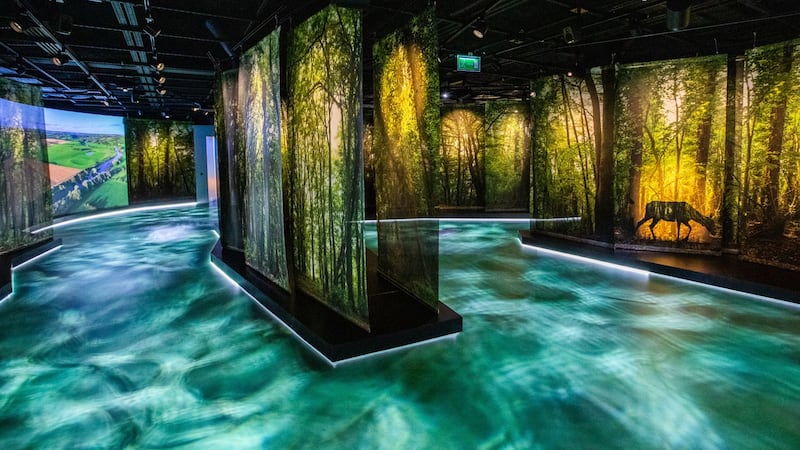
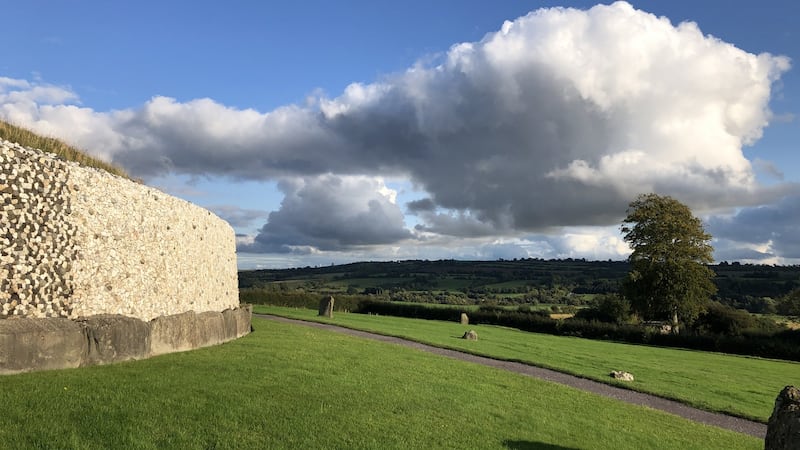
The Brú na Bóinne centre has been recently refurbished and is all echoingly new. You wander in rooms where projections of forests are populated by shy deer and wild boar nosing around the foliage. It reminds me of those scenes in Soylent Green, where your only taste of the beautiful world we’ve worked so hard to despoil is to be had at your chosen moment of death. It’s actually a lot cheerier than that in practice; and the bus drivers who shuttle us up to the sites themselves, and the guides we meet when we get there are clearly proud of their work. At the moment you can’t go into the ancient tombs themselves, but they’re epic enough from the outside to satisfy.
We start to wonder if the Boyne Valley is actually home to some of the nicest people in Ireland
Still, the sense of unreality prevails. At Knowth, concrete ledges hold up the mounds, while, peering in, I can see the entrance passages supported by 20th Century blockwork. A carving on one of the stones surrounding a smaller tomb reads “OPW 1972”. I wonder, if the full apocalypse comes, what future beings might make of such an inscription. Who were these OPWs? Druids, perhaps. We walk around and drink it in, and try not to feel grumpy about the impositions. After all, if it wasn’t for the interventions of humanity, it wouldn’t be here at all.

The Boyne Valley is actually thick with passage graves. Less famous, but more intimate moments with these ancient houses for the dead can be found at Loughcrew and Four Knocks. Conservation work is currently ongoing at Loughcrew, which I'm assuming won't include carving 2021 on megalithic stones. Access to Four Knocks is by key from a neighbour in return for a cash deposit (details at discoverboynevalley.ie).
The excavations and representations at Newgrange have had their controversies too. Drogheda-born artist Nano Reid was among those who felt it should never have been interfered with at all. She is the subject of a marvellous retrospective at Drogheda's lovely Highlanes gallery, where you can also get great coffee and a good lunch at the cafe, Five Good Things. Alongside Norah McGuinness, Reid was the first Irish artist to represent Ireland at the Venice Biennale, and she believed that certain places should be allowed to maintain their secrets. Her painting, Ancient Cave, shows the dark mass of the unknowable that might lie within Newgrange, set against the everyday aspects of the local surroundings.
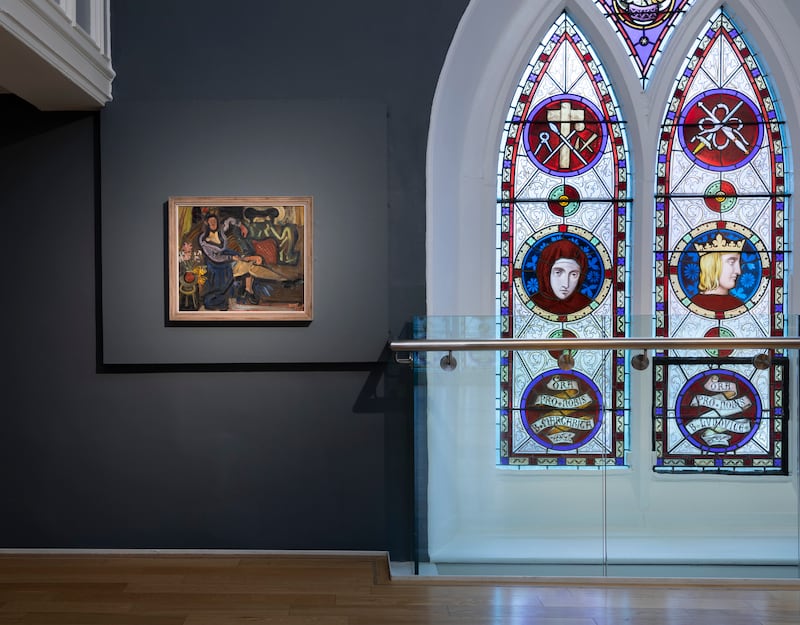
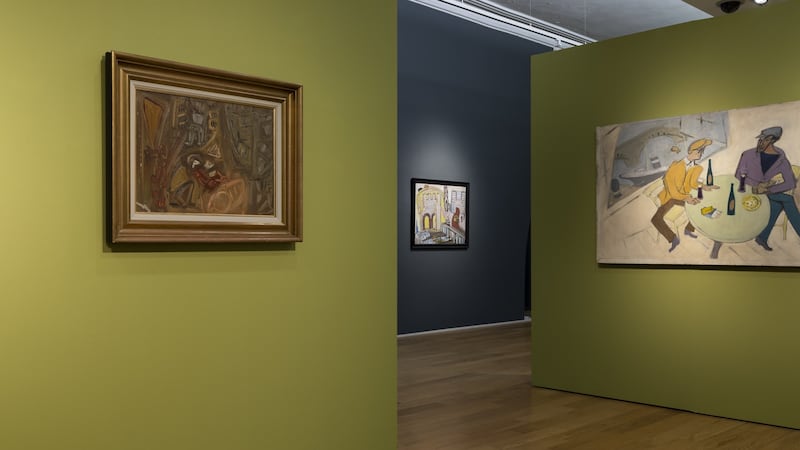
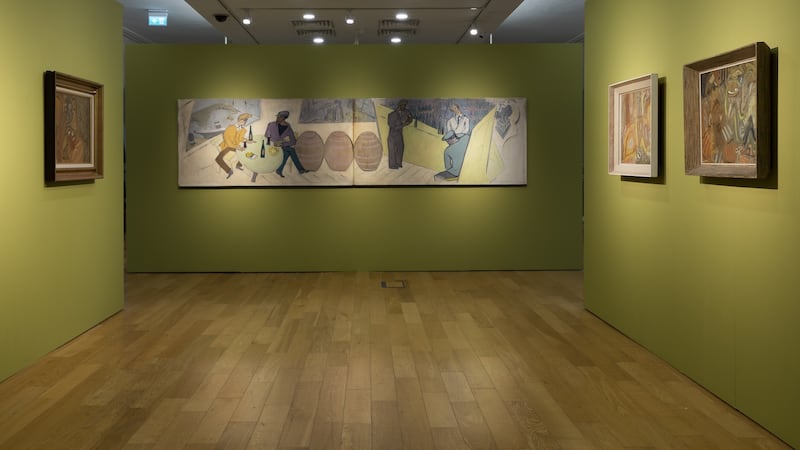
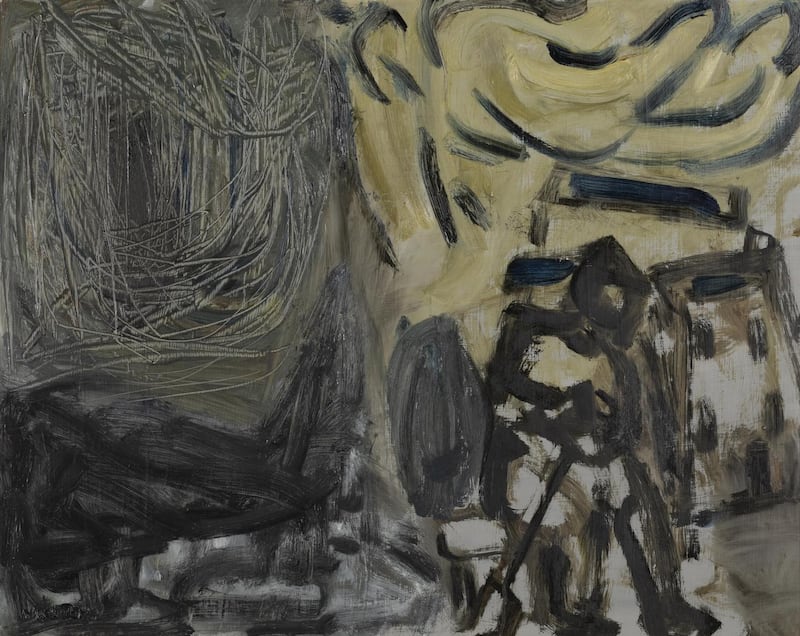
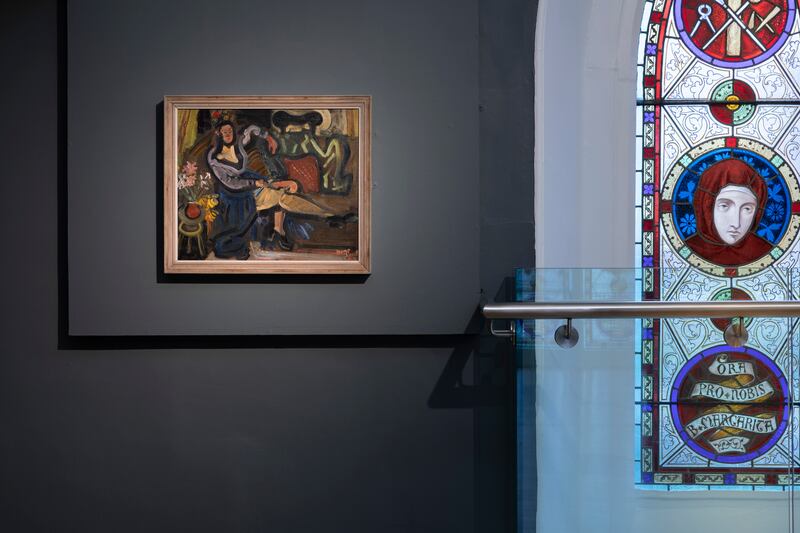
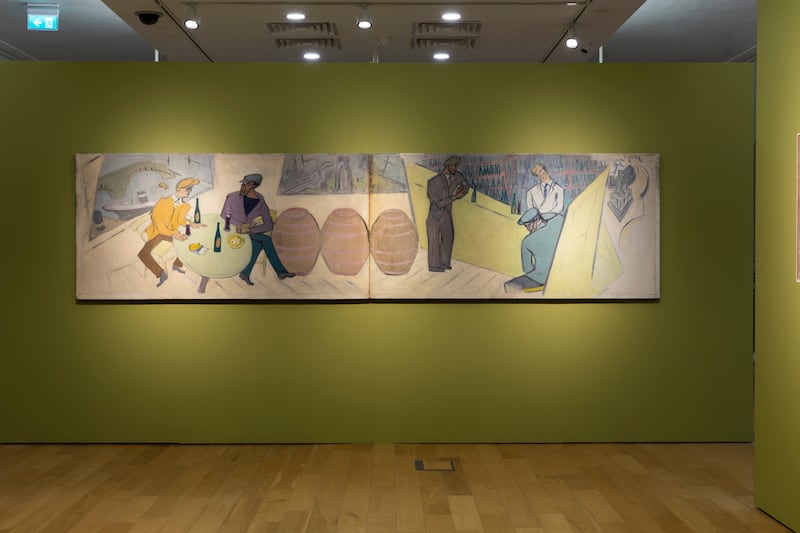
Running at Highlanes (highlanes.ie) until January 2022, it is fun to spot scenes of Co Louth life in Reid's paintings, including large panels from Nano Reid's Bar, the family pub, where the artist grew up. The interior had been designed by her friend, and another famous local, architect Michael Scott, best known for his Dublin extravaganza, Busáras. Take a stroll round Drogheda, and also see the Institute of Further Education, which is rather perfect in a wouldn't-look-out-of-place-in-Miami kind of a way.
Strolling around Drogheda is very rewarding. You can find maps of walks to download at drogheda.ie, although do take them with a pinch of salt. I had (ahem) high hopes of the Walls Walk, imagining it would be a stroll along the tops of the ancient city walls. Instead it brings you adjacent to some of them. Still, the maps are handy for cool discoveries, such as the head of Oliver Plunkett, if shrivelled saints' heads are your thing, at St Peter's Catholic Church.
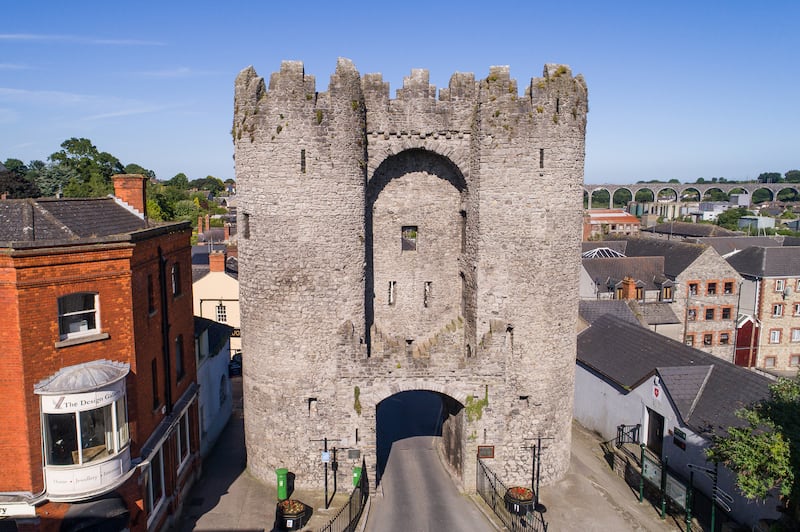
The nearby St Peter’s Church of Ireland Church also has a marvellous find, this time on the back wall of the atmospheric graveyard. Here you’ll see a pair of carved cadavers – lifesize skeletons, dating from the 1500s, a captivating reminder of death that has outlived countless generations. Not quite satisfied with these centuries of marvels, we also stop to see the Magdalene Tower, where the four Chiefs of Ulster once knelt in submission to King Richard II. Today it is presided over by a one-eyed orange cat, who it appears gets its own tribute from the locals, with offerings of grub in a pink plastic bowl.

Preferring something a little fancier, we head to Navan where we eat at The Central, a large venue, with multiple spots to eat, including roof terraces, and quieter bars. The service is just gorgeous and, based on this and our experiences in our hotel, and later the B&B (which reminds me how great Irish B&Bs can be), we start to wonder if the Boyne Valley is actually home to some of the nicest people in Ireland, as we tuck into perfectly cooked steaks.
The next day, to walk it all off, we stroll along the Boyne Ramparts. Again, it’s not a wall walk, but a truly gorgeous 8km riverside walk, taking in views of ancient castles, grand houses, forests and meadows. We spot herons and kingfishers, and pause to sit on top of what is reputed to be the oldest bridge-arch in Ireland. Information is gleaned by means of information panels en route, and if there’s one thing the Boyne Valley can’t be faulted on, it’s information panels. My friend is the type who stops to read every one, so we’ve learned plenty of information by the time we’re done.
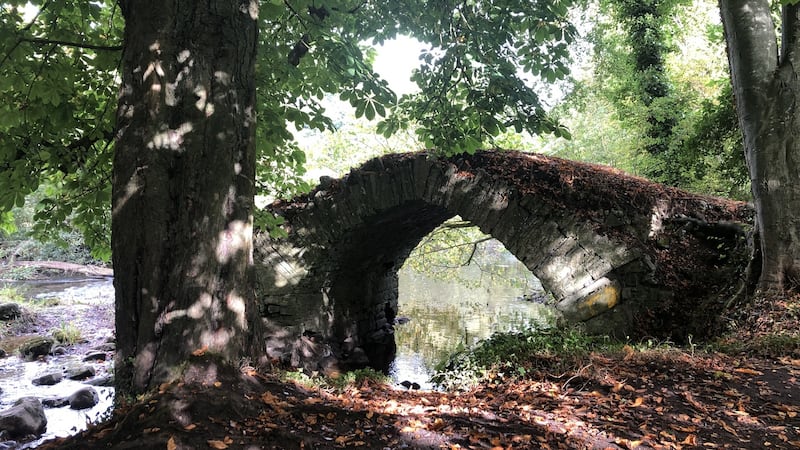
At Trim, we walk around the castle site. Again there's no internal access until coronavirus allows, but you do get the satisfying sense that our present calamities are just hiccups in time's great sweep. I feel that if a twelfth century castle can survive, we probably might too. Lunch is at Franzinis, where the food, and the view of Trim Castle from the terrace are both fit for a king.
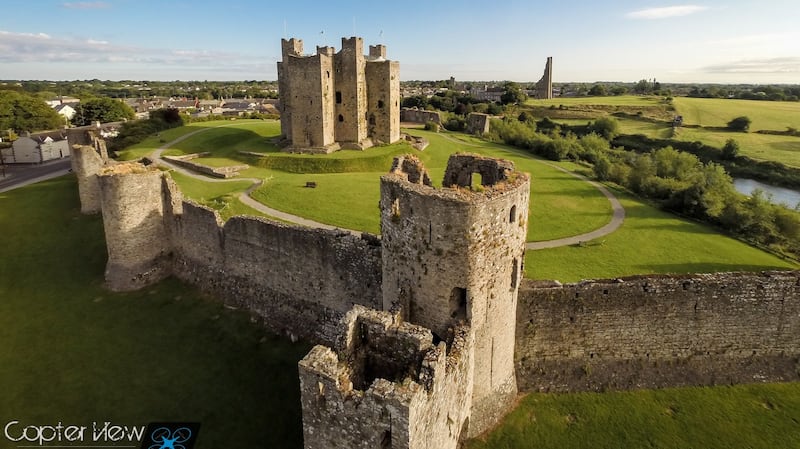
Foraging further on, we locate the Tomb of the Jealous Man and Woman in the ruins of St Peter and Paul’s Cathedral, where a pile of rusting pins is testament to the belief that this particular carved stone can cure warts. Neither of us is warty enough to try, but others certainly have. Be warned – if you take a pin from the pile, the tomb’s warts will accrue to you.

We eat at 79 West Street in Drogheda, an emporium of a place with gastro pub-style food on the menu downstairs and a frisky game of DJ Bingo (new to this traveller) afterwards.
Three days in the Boyne Valley, and it feels like we’re only scratching the surface of this wonderful area. Still to see are Slane Castle, the Royal Canal Greenway, Rokeby Hall, the Solstice Arts Centre, the Hill of Tara, and for those who like their kicks a little more modern, don’t forget about Tayto Park… We’ll come back soon.











